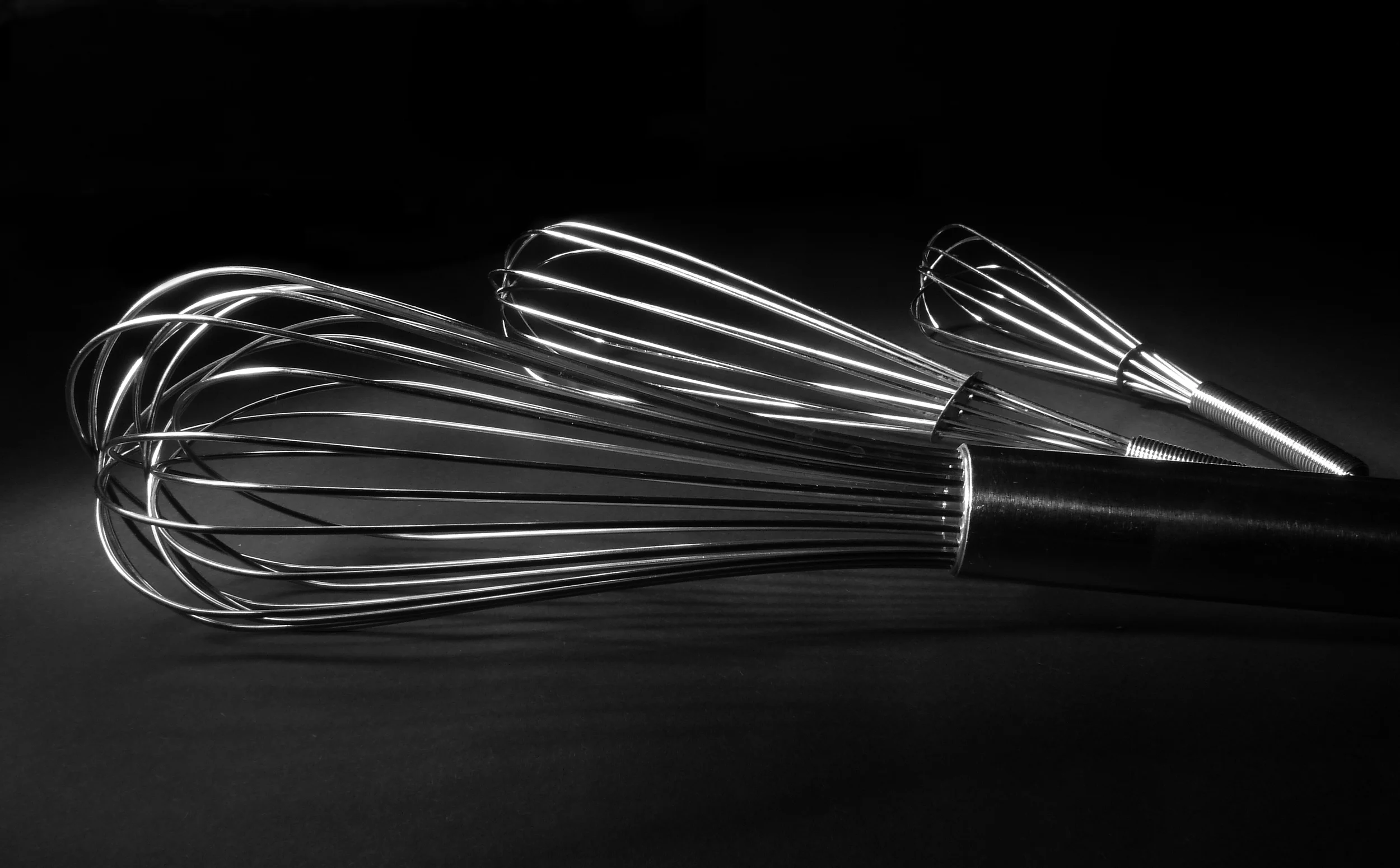There’s no beverage better than champagne to launch your holiday fun. Whether it’s a toast on Christmas morning or a sparkling cocktail with friends as the New Year starts, there is nothing better than champagne or more misunderstood.
 Here are some of the reoccurring champagne myths that seem to pop up with frightening regularity on the Internet:
Here are some of the reoccurring champagne myths that seem to pop up with frightening regularity on the Internet:
Champagne and wine are two different beverages.
WRONG: Champagne is a true wine, just one with bubbles. Indeed, many chefs consider champagne (along with sherry) one of the greatest dinner wines because it ranges from ultra dry to delightful sweet.
Always chill champagne in an ice bucket packed with ice.
WRONG: If you have lots of time and long to be oh so elegant, by all means use an ice bucket. But if time is a concern, ice cold water works a lot faster.
Don Perignon invented champagne.
WRONG: Don Perigon, a Benedictine monk in the 17th century, did say “I see stars” but probably followed up that statement by say “Not again!” In fact, Don Perignon spent his lifetime trying to get the bubbles out of champagne, not to retain them. Proper credit for the production of champagne as we enjoy it today should go, instead, to Veuve Clicquot, the legendary Widow of Champagne.
 The proper way to open a bottle of champagne is to send the cork flying.
The proper way to open a bottle of champagne is to send the cork flying.
WRONG: Not only does this method waste champagne, it is dangerous. Due to the enormous pressure created by the bubbles in the sealed bottle (60 to 90 pounds of pressure per square inch of glass), opening a champagne bottle incorrectly risks an explosion. The correct method is to carefully recover the wire cage from around the cork. Wrap the top of the bottle in a towel. Holding the top steady, till the bottle away from guests and glasses, twisting the base of the bottle and pulling downward. If done correctly, you will hear only a soft and gentle pop, not a dangerous explosion.
Every wine that bubbles is champagne.
WRONG: There are other sparkling wines but they are not be properly called "champagnes". True champagnes are only produced in designated regions of France. Each of the other sparkling wines (and there are many that are wonderfully delightful) have different names, such as “cava” for Spanish sparklers and “asti spumante” in Italy. 
All that said, there is a new champagne product out this season that is a secret favorite of those in the know how to give a party: Tastefully Simple’s Citrus Celebration Drink Mix. You simple add champagne to the bucket container (no ice bucket needed here) stir and freeze.
After your guests arrive, just spoon the icy mixture into champagne coup glasses and serve. What could be easier and more unique? It’s simply perfect for the busy host with a flare for the tasteful.
Your Culinary World copyright Ana Kinkaid/Peter Schlagel 2010














